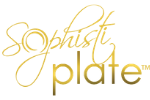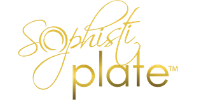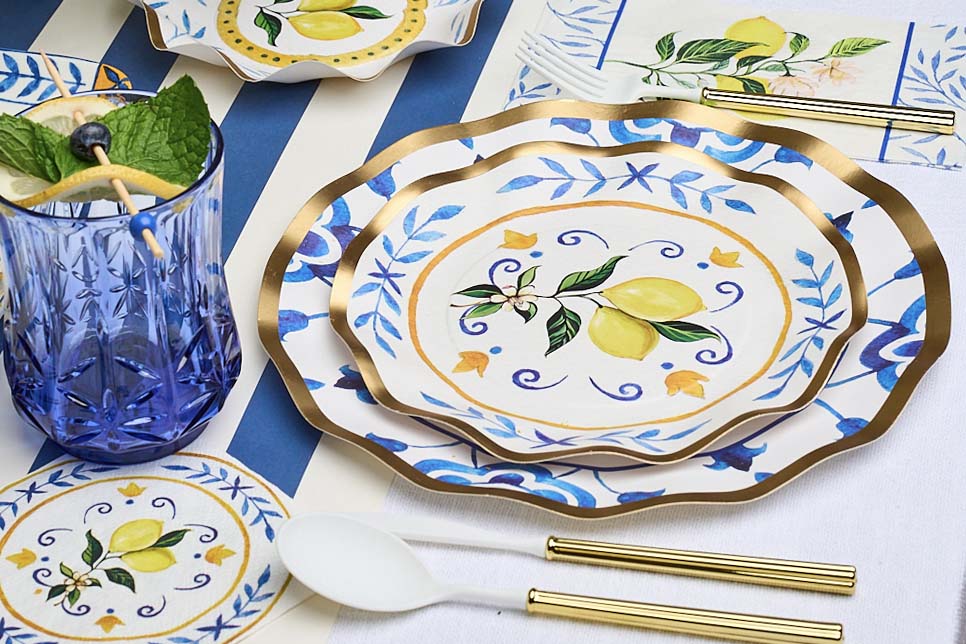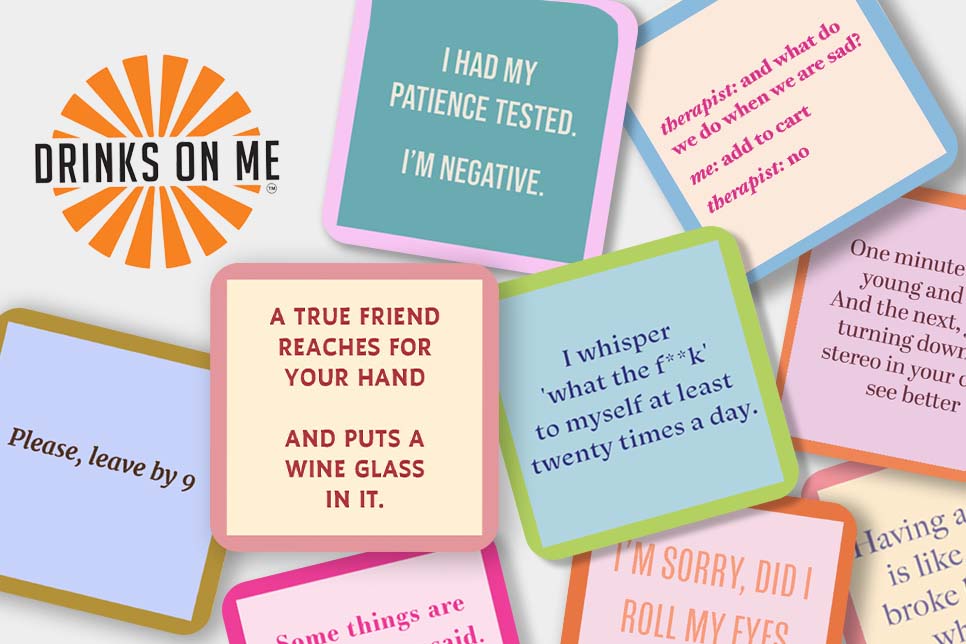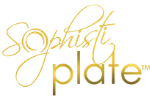Why Should You Get a Personalized Cutting Board?
If you’re shopping around for a new cutting board—whether it’s to use in your own home or to give as a gift to a loved one—you might be running across the option of engraving it. While engraving some things such as jewelry makes complete sense, you might be wondering if doing the same to a cutting board is such a great idea.
Well, here at Sophistiplate, we’re all about making sure that what you bring into your home is a true reflection of your style and personality (the same goes for buying a gift for another person). And what’s better for that than adding a personalized touch?
Read on to find out why personalizing a cutting board is such a great idea. But first, let’s talk about choosing the right cutting board for you.
What Are the Different Types of Cutting Boards?
While we can make all kinds of different categories for cutting boards, when it comes to traditional use, it all boils down to the material the cutting board is made from.
Here are the different materials used to make cutting boards:
Wood
Wood is the traditional material for cutting boards that has stuck around for ages and remains one of the most popular choices today. This is for several reasons.
First of all, wood has naturally self-healing properties. Since you’re constantly putting knife pressure on your cutting board, it’s totally expected for it to develop small nicks and dents. While these might be permanent on other materials, wood has the capacity to regenerate by literally healing its own wounds.
In addition to this, wood is naturally antimicrobial. Some studies show that when wood is exposed to bacteria, it tends to absorb the microbes, which prevents anything from growing on its surface and contaminating other food that comes in contact with it.
Even though there are literally thousands of different types of trees, when it comes to cutting boards, only a few remain tried-and-true classics. Maple, walnut, cherry, and even bamboo are all sturdy choices that not only look gorgeous but can last you for ages.
Plastic
Plastic is a man-made material that became extremely popular in the past century and now seems to make up most of our kitchen utensils.
Plastic cutting boards became popular because they were once thought to be the most hygienic option. After all, plastic cutting boards—unlike wooden ones—can be easily thrown in the dishwasher, which is thought to disinfect them from all bacteria. However, because plastic is not naturally self-healing, the small cuts left by your knife tend to stay and create the perfect breeding ground for bacteria.
Yes, it’s true that plastic cutting boards tend to clock in at a much lower price than wooden cutting boards. But unlike the wooden boards, which can last up to a decade, plastic cutting boards need to be replaced once per year, making them a much less economical option in the long run.
Silicone
More than any other type of board, silicone—a synthetic rubber material—is incredibly flexible. This means that you can bend it with everything you got chopped up in it for easy transfer to a pot or container. You can also easily carry it around with you if you choose to do an outdoor cookout where a cutting board is needed.
Just like plastic, silicone cutting boards can be thrown in the dishwasher for deep cleaning. Unfortunately, they also need to be replaced at a much faster rate because they’re much more susceptible to damage from knife pressure than wooden cutting boards.
And, although there is no conclusive research that links silicone to any kind of health problems, it’s still too early to say that silicone is completely non-toxic. For this reason, those who tend to be extra health-cautious should try to stick to natural materials.
Tempered Glass
Glass cutting boards are incredibly tough, sturdy, and easy to sanitize. Plus, they have a sleek and modern appearance, which can make them seem like a no-brainer choice.
While we’re all about simplicity in the kitchen, there’s still one major reason why you shouldn’t use a glass cutting board: they can wreak absolute havoc on your knives. This is fine if you use a small glass cutting board to serve soft cheeses and spreads, but when it comes to heavy-duty chopping, your knives can become dull in no time.
Another thing we’re not crazy about is the sound glass cutting boards make, which can be a problem for recommend avoiding glass cutting boards for everyday use.
Marble
White marble is an incredibly stylish and sophisticated material, which makes them a pleasure to display on your countertop. But unfortunately, this type of cutting board definitely has its downsides.
Similar to tempered glass, a marble cutting board is incredibly durable and hygienic. But just like glass, it is a nightmare for your knives. This is totally fine if you’re not invested in the set you have now; but if your kitchen knives are high-quality, then it’s a good idea to stay away from marble cutting boards.
Why Should I Get a Personalized Cutting Board?
Now that we know the pros and cons of the different types of cutting boards, we hope that you have an idea of which one would work best for you. Once you have your hands on the perfect cutting board, you might be wondering if you should personalize it. Here are some of the reasons we think that you absolutely should.
It Makes the Perfect Gift
Whether it’s a wedding, a birthday party, or an anniversary, a (high-quality) personalized cutting board is not only extremely useful but will show your loved one how much effort you put into getting them the perfect present.
It Adds Your Own Flair
While a high-quality cutting board looks amazing all on its own, adding your own personal touch to it can make it reflect your own good taste. Since it’s your home, there’s no reason why everything shouldn’t be a reflection of who you are.
It Makes a Great Memory
Whether you’re getting a personalized cutting board for yourself or for someone else, an engraving that has a date on it can make for an amazing memory for years to come.
It Can Be a Great Conversation Starter
If you’re using a cutting board as a serving platter, a unique engraving can be a great way to spark up a conversation. Maybe you can even slip in something about the different types of cutting boards!
It Can Put a Smile on Your Face
Just as how a funny poster can make you chuckle every time you pass by it, a meaningful engraving on your cutting board can definitely bring out some emotions every time you use it. While an inspirational message is always a hit, you can definitely go for something funny and light-hearted.
What Are Some Ideas for Personalizing a Cutting Board?
When it comes to personalizing a cutting board, there are very few rules. Here are some of our favorite ideas.
Name and Date
For a classic personalization, you can engrave the name of the lucky recipients along with the date to serve as the perfect reminder of your gift.
Funny Message
For a little humor on your kitchen countertop, it’s always a good idea to engrave a witty message. Some of our favorite (food-related) sayings include: “Wish I Could Brie with You,” “What the Fork Is for Dinner?” and “You Cook, I’ll Drink.”
Inspirational Quote
A cutting board will stay with you for ages and is one of the most-used kitchen tools there is. For this reason, it’s definitely not the worst place to insert an inspirational quote. A quote like “laughter is brightest where food is best” reminds us how important meals are for gathering with loved ones.
Pictures
Where words fail us, pictures always get the message across. If you’re getting a cutting board for a loved one, you can definitely personalize it with their photo. If you don’t feel like a cutting board is the best place for displaying someone’s photo, then a picture of your favorite things will add some extra flair.
A True Reflection of Who You Are
Personalizing a cutting board is a great way to add some personality to a cutting board. Whether you choose to engrave it with a name, quote, or photo, Sophistiplate is the perfect place to personalize this important kitchen staple.
Sources:
How Many Tree Species Are There? | Science
Silicone Tally: How Hazardous Is the New Post-Teflon Rubberized Cookware? | Scientific American
